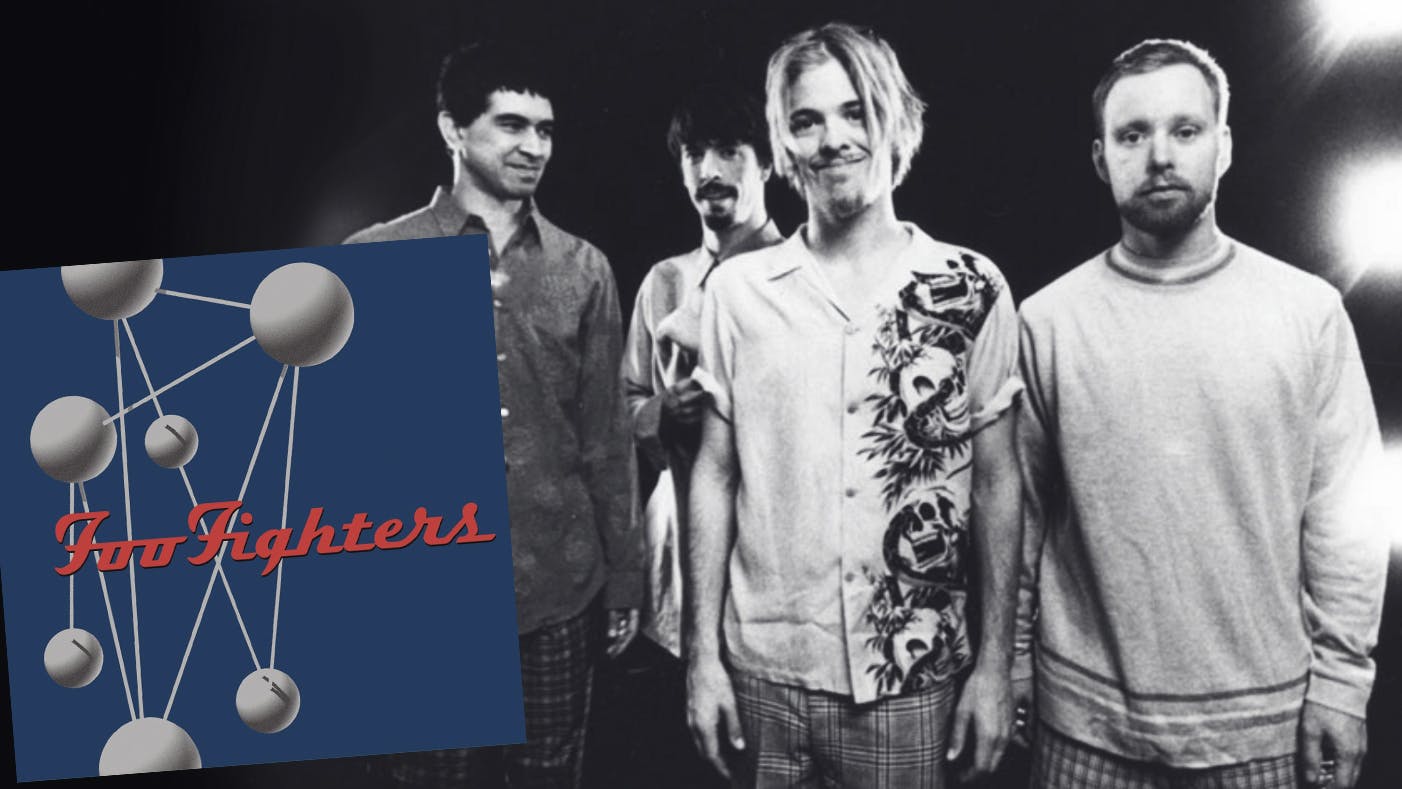As well as garnering international success, Foos’ debut album had seen Dave assemble a band, featuring bassist Nate Mendell and drummer William Goldsmith from Sunny Day Real Estate, and Pat Smear, formerly of punk rockers the Germs (and Dave’s bandmate as the touring guitarist for Nirvana). Foo Fighters’ second album, named after their tour manager’s rationale for buying a bowling pin from a thrift store (“I like the colour and I like the shape”), was the chance for a band that had cut their teeth on tour to make their mark on record. Except, of course, things didn’t pan out quite like that.
The band started hopefully enough, with their desire to make a slick rock record in the style of the Pixies leading them to hire Gil Norton, the man responsible for helming classic albums from – you’ve guessed it – the Pixies. When band and producer convened at Bear Creek Studios in late 1996, however, things didn’t exactly gel. Dave would later describe this period as “a bad experience,” a sentiment presumably shared by bassist Nate and drummer William, whose bumbling early efforts led Gil to rename them “the rhythmless section”.
Things were particularly tough for William. Occupying the drum stool in a band also featuring one of the world’s best-loved drummers was no easy feat – and that’s to say nothing of the fact Dave was (and is) a relentless perfectionist. William would later describe playing 96 takes on one song, and doing 13 hours of takes on another, which unsurprisingly left him with the impression Dave was unhappy with his performances. In truth, they just weren’t what the Foos lynchpin, who’d played all drum parts on their debut, had in mind. In February 1997, the band re-convened after a break without William, decamping to Grandmaster Recorders studio in Hollywood so Dave could re-record the drum parts for the tracks that had been done (reportedly as many as 14). When William found out, he decided to leave, despite Dave’s offer to stay on as touring drummer.
A replacement was found in the form of Taylor Hawkins. Dave had initially contacted Alanis Morissette’s drummer to see if he knew anyone who’d be up for the gig, not expecting the hyperactive sticksman to put himself forward. “He’s a fucking incredible drummer,” Dave explained to Kerrang! at the time, before delivering the ultimate endorsement. “I wish I was as good as him.”
